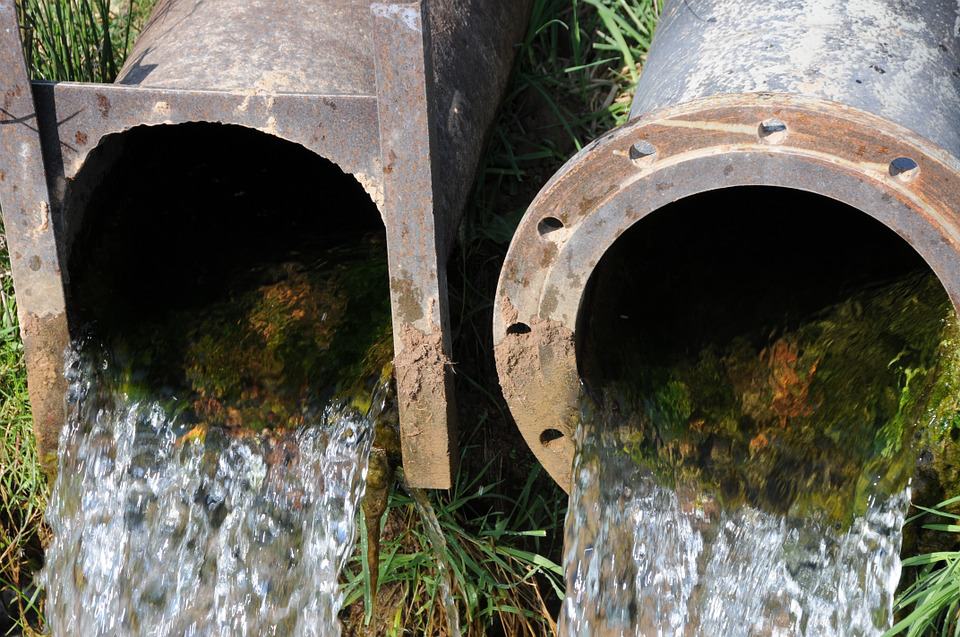Waste Water Causing Algae Bloom In Tampa Bay
Nikki Attkisson | Last Updated : April 16, 2021Researchers are sloping up their endeavors to follow the supplement-rich wastewater, debased by the Piney Point phosphogypsum stack, that is unloading into Florida’s Tampa Bay, as concern stays high that it could supercharge potential poisonous green growth blossoms, including red tide.
At last, it will require many months for the impacts of the wastewater to be completely acknowledged, partner overseer of the Tampa Bay Estuary Program Maya Burke told CNN.
Be that as it may, what’s really in the wastewater as of now has a few groups concerned.
Waste Water Causing Algae Bloom In Tampa Bay
Authorities still can’t seem to depict the water’s contamination in detail, and parts of the inside and out outcomes from water testing done by the Florida Department of Environmental Protection stay missing from its site. Nonetheless, the wastewater has recently been portrayed comprehensively by authorities as having raised degrees of nitrogen and phosphorus, being acidic and not radioactive, and that it, “fulfills most water quality guidelines for marine waters.”

Florida’s DEP counted the measure of wastewater unloaded into the sound at roughly 173 million gallons in a news discharge on Thursday.
The raised convergences of nitrogen and phosphorus are the absolute most concerning descriptors since they are known to fuel phytoplankton development that can prompt a possibly harmful algal blossom.
That is the reason because of the emergency, the University of South Florida’s College of Marine Science is sending the entirety of its assets to screen the wastewater and water quality in the straight. It’s something that the college says it has not done on this level in the Gulf of Mexico since the 2010 Deepwater Horizon oil slick.
“What you need to have the option to do is check whether you can recognize (the wastewater and supplements) in the framework and know where it goes,” USF College of Marine Science senior member Tom Frazer told CNN by telephone.
The new natural emergency comes as the district keeps on recuperating from the drawn-out 2018 red tide sprout that gagged miles of Florida’s coast, murdering a lot of marine life and hindering its seashore the travel industry, the bedrock of the Sunshine State’s economy.
The shadow of the wastewater presently mists the delicate expectation that had been developing for additional travelers to get back to the sandy shores.
Notwithstanding dirtied water actually being unloaded into Tampa Bay, there is some uplifting news. Burke and Frazer both say that there haven’t been any detailed fish murders in the release region.
There was some worry, she and Frazer said, that the acridity and measure of ammonium nitrate in the supply release water could demonstrate quickly lethal to marine life.
“Low degrees of smelling salts (unionized and ionized) can mess up amphibian life forms regardless of whether the openness time frame is short,” Frazer said, saying that most as often as possible, those issues are found in fish tanks. “They are noticed less oftentimes in open estuarine and marine frameworks where fish, for instance, can move away from the defiled water or the sullied water is immediately weakened as an outcome of flowing activity, flows and wind blending.”
In any case, the peril, and the cat-and-mouse game, encompasses what impact the supplements in the wastewater – the nitrogen and phosphorus – will have on any potential green growth sprouts.
“This is twofold the measure of nitrogen that this bowl should see over the whole year, being conveyed in about fourteen days,” Burke said.
Green growth blossoms happen normally and are in many cases occasional, however, they feed on supplements like nitrogen and phosphorus. Unloading supplement-rich wastewater can trigger the hazardous development of any green growth sprouts, they say.
“Contingent upon the idea of the blossom, there is an assortment of potential negative natural impacts going from low broke up oxygen in the water to the creation of poisons,” Frazer said. “Poisons created by Karenia Brevis (red tide), for instance, can execute fish and untamed life and aerosolized poisons can likewise be hurtful to people, particularly those inclined to respiratory issues.”
Another worry is macroalgae sprouts, which Burke says go through “win and fail” cycles. They take care of and fill in the backwaters of the straight, and around the finish of their life cycle, cease to exist and cover everything.
“This season truly favors macroalgae on the grounds that we don’t have a great deal of freshwater stream and contribution from our waterway frameworks,” Burke says.
With over 15 years as a practicing journalist, Nikki Attkisson found herself at Powdersville Post now after working at several other publications. She is an award-winning journalist with an entrepreneurial spirit and worked as a journalist covering technology, innovation, environmental issues, politics, health etc. Nikki Attkisson has also worked on product development, content strategy, and editorial management for numerous media companies. She began her career at local news stations and worked as a reporter in national newspapers.
